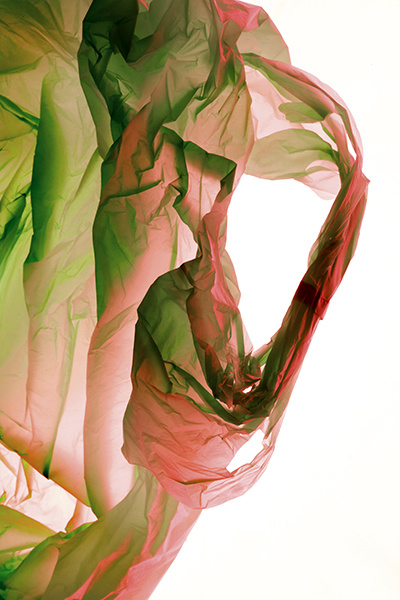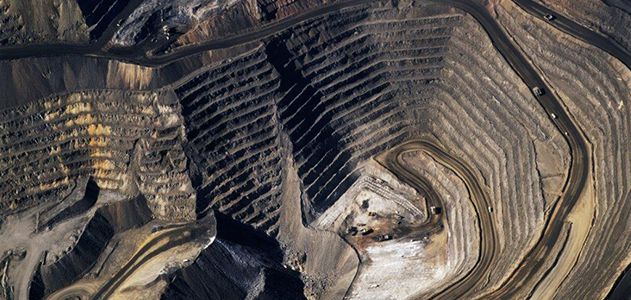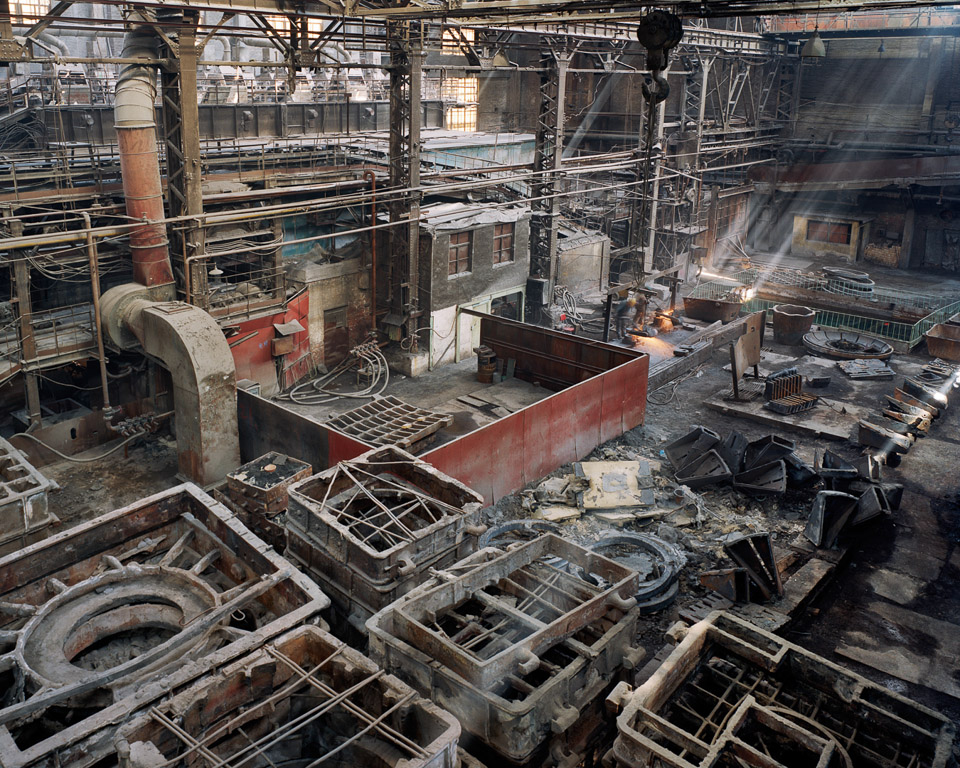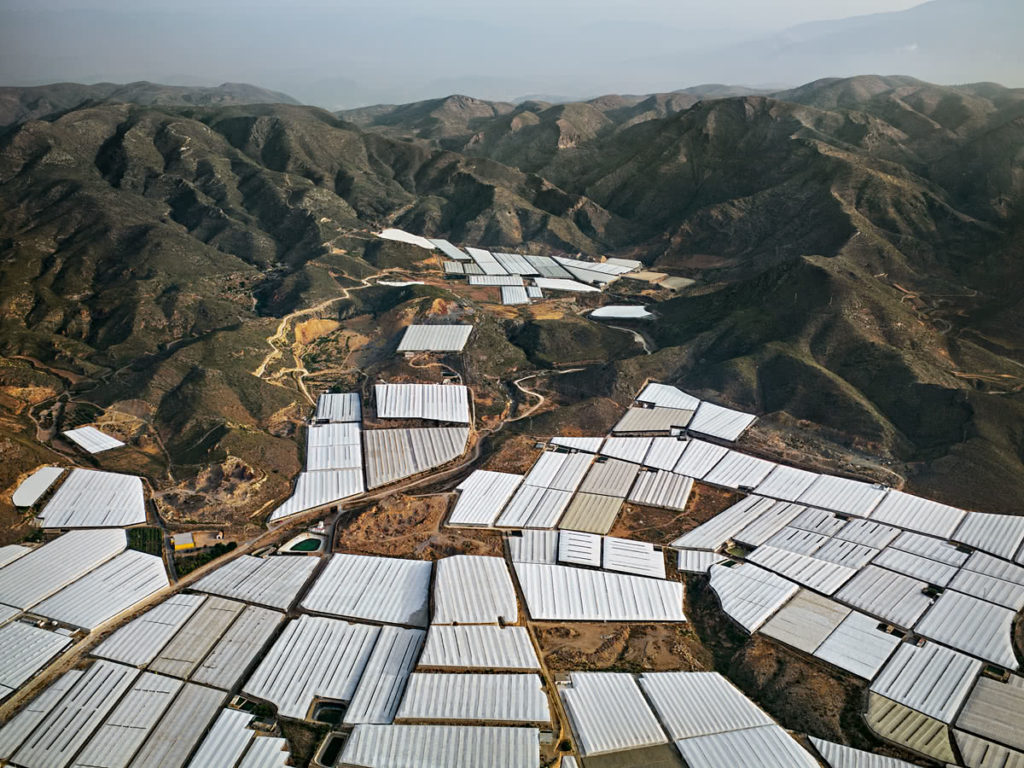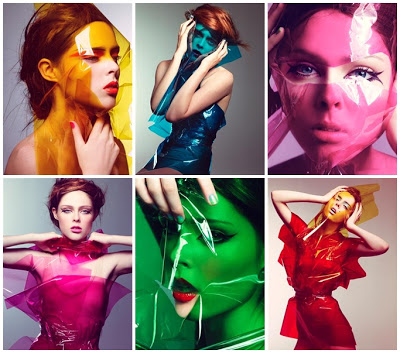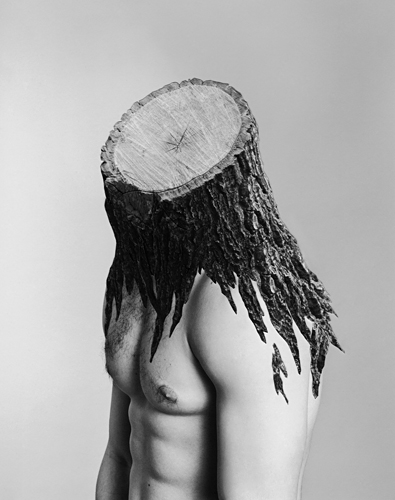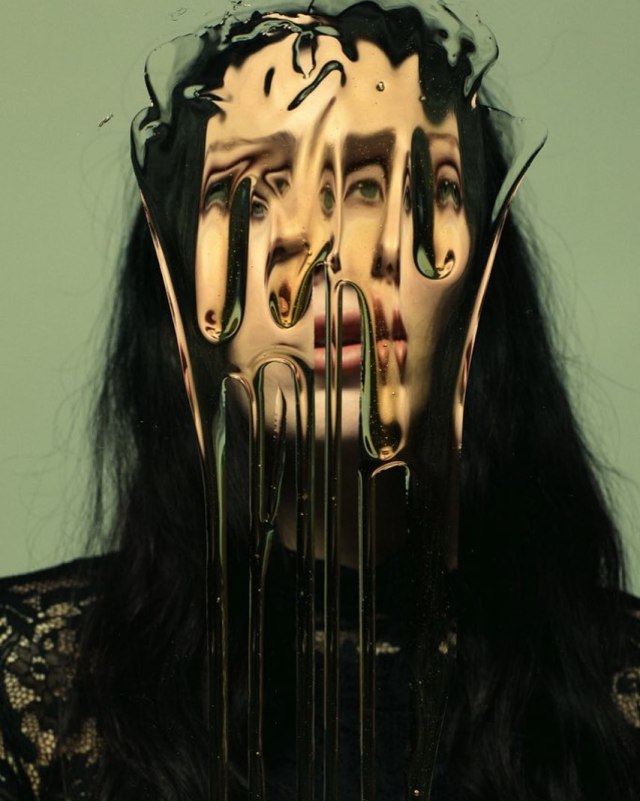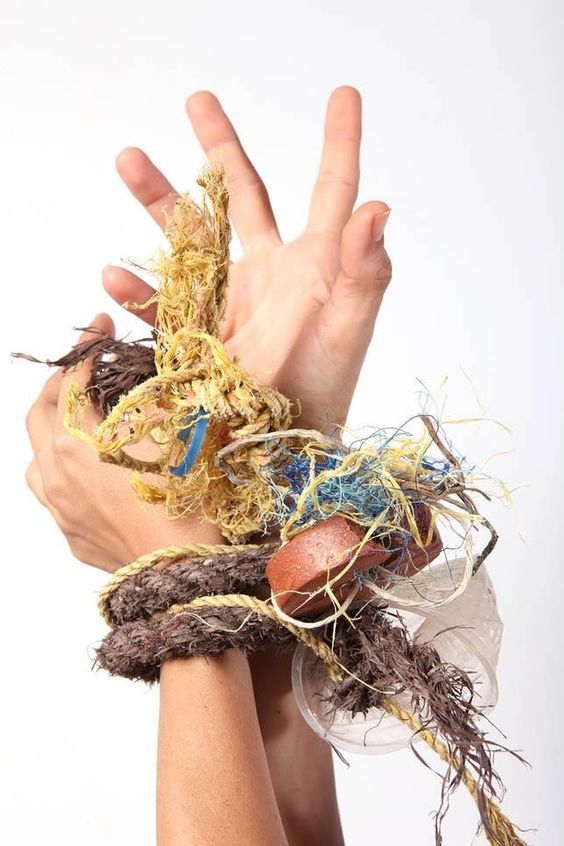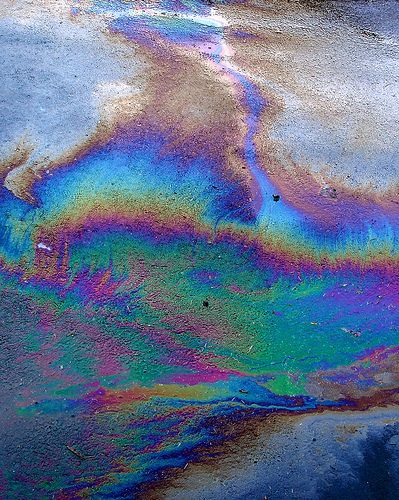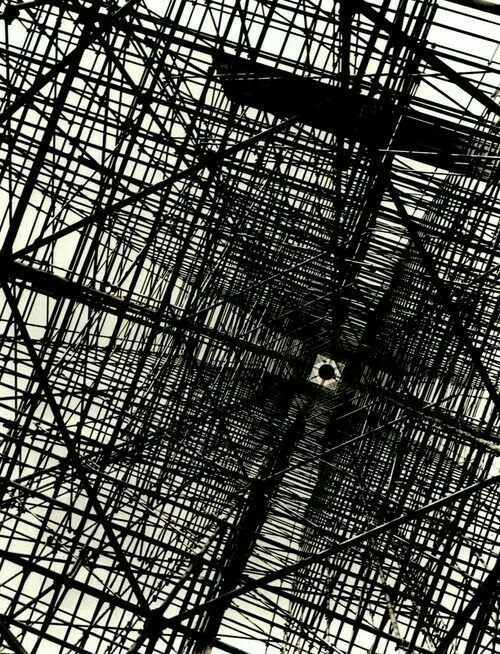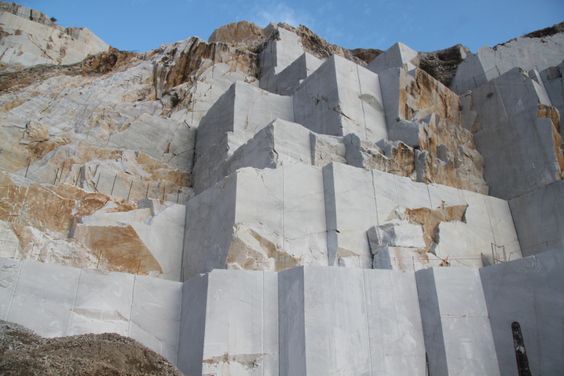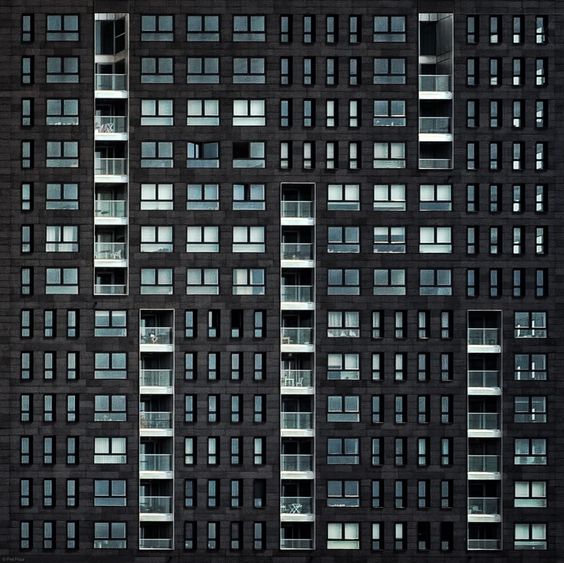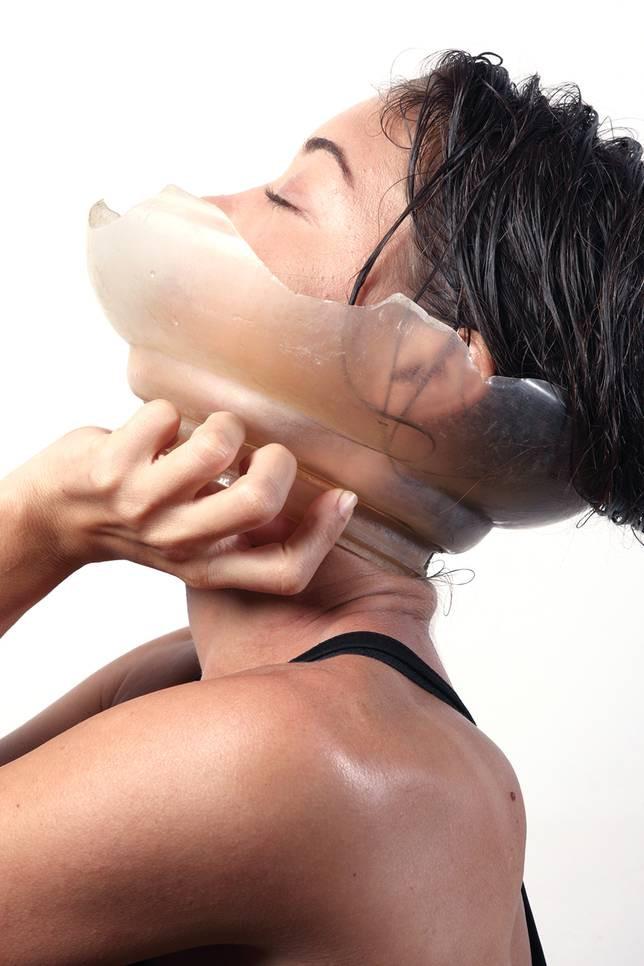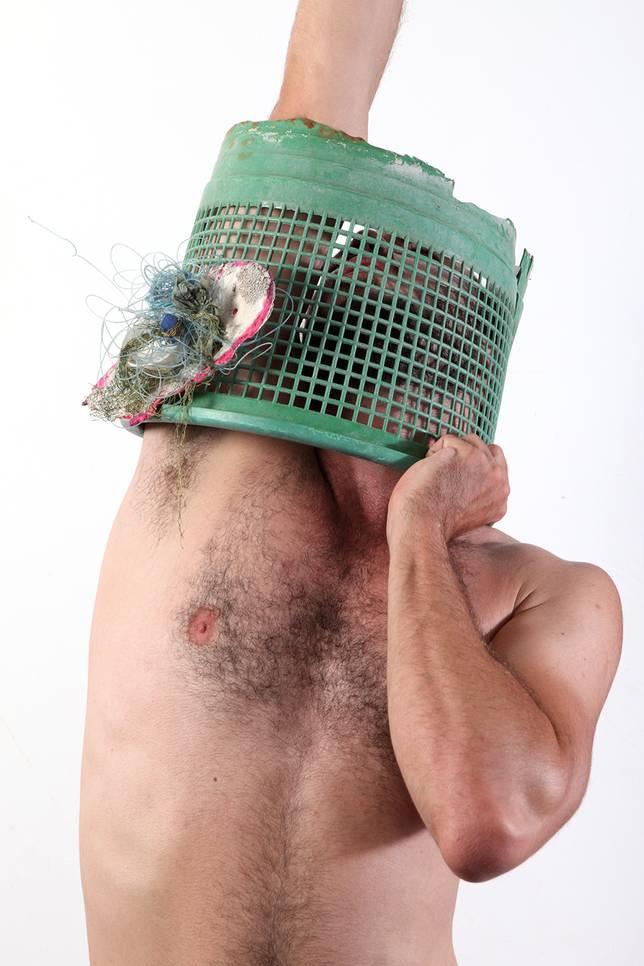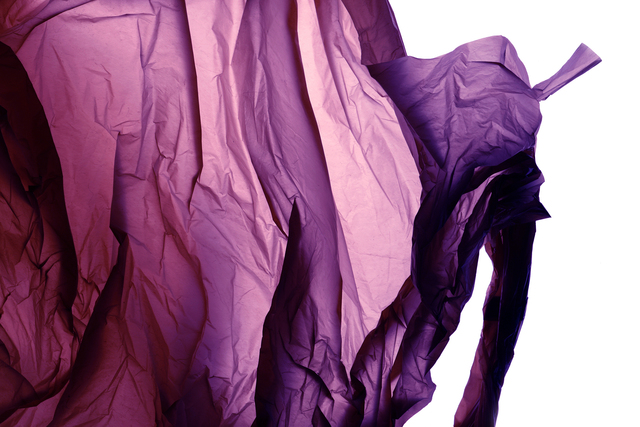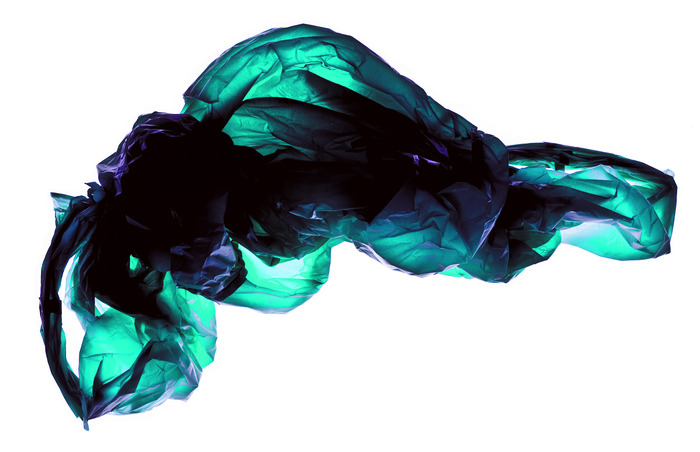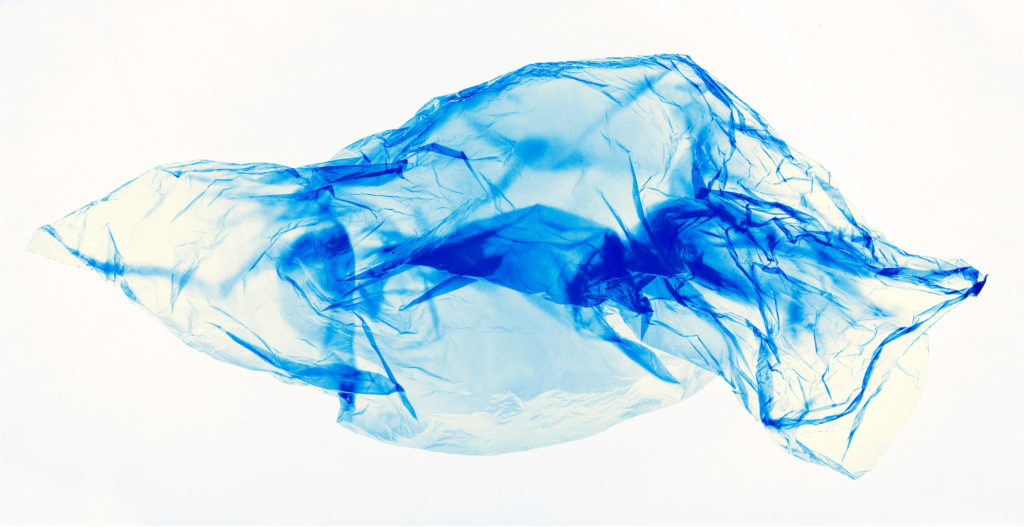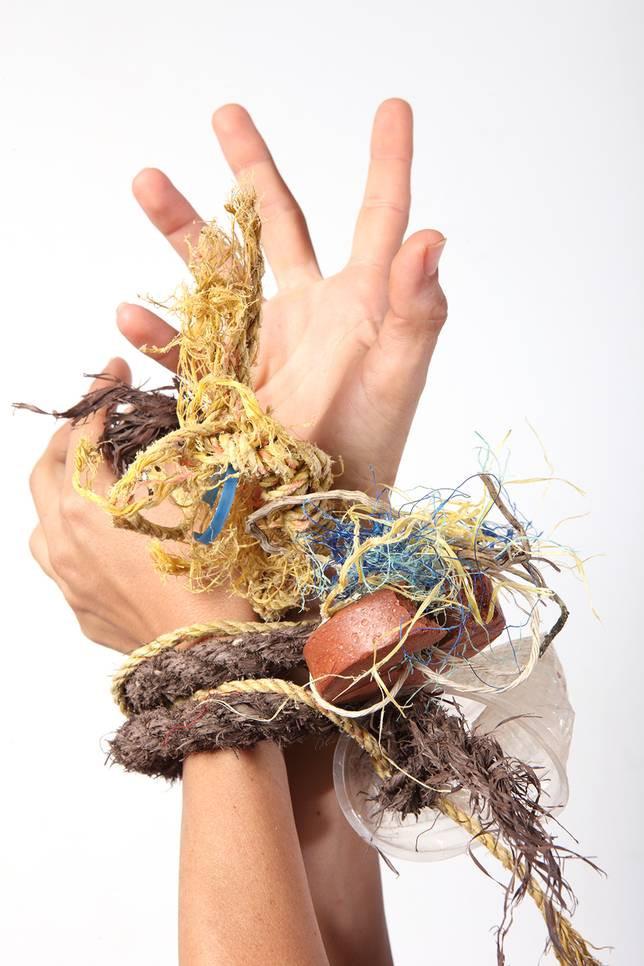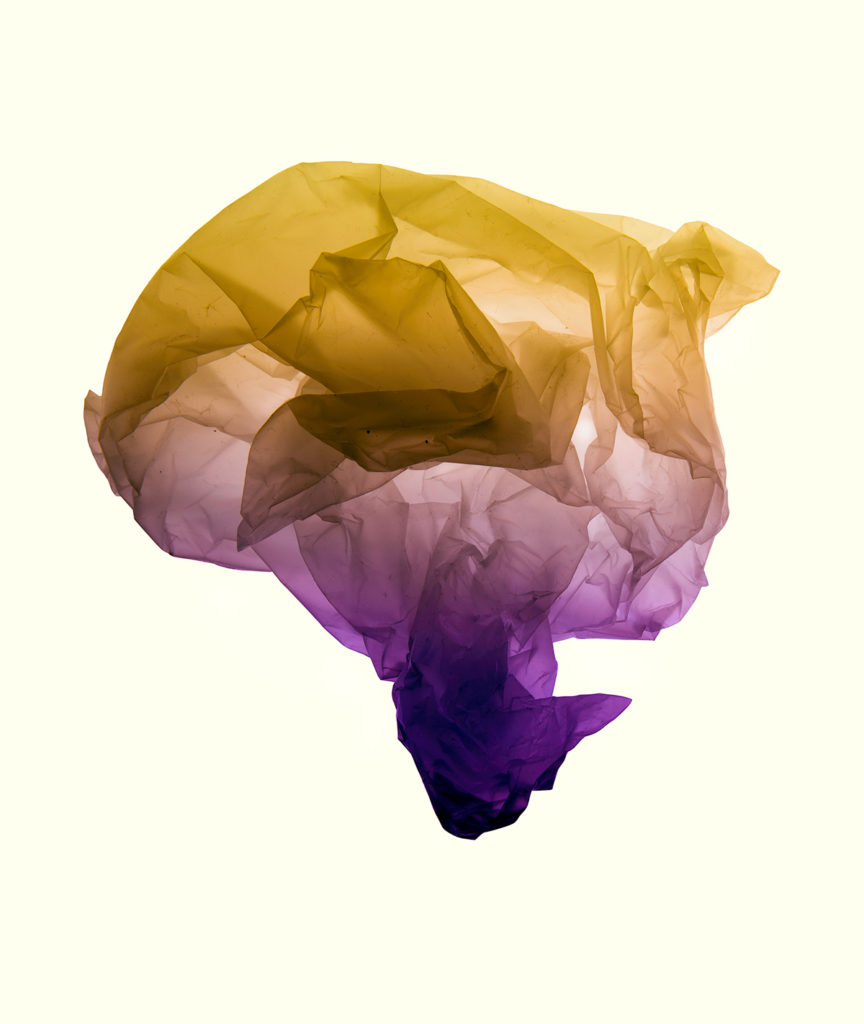Anthropocene is a term which is used to define the geological age that we are currently in, spanning from 2.6 million years ago to the present day, described as the time period in which humans have had the most impact and influence on this earth, including the environmental and climate status. Many artists and photographers also use this term, in order to categorize their works into the style that investigates and focuses on how us humans are altering the earth, and how it will affect us in the future. This is usually presented in many different ways, whether it be in the form of landscapes, portraits or abstracts.
Daily Archives: April 23, 2021
Filters
Naomi White artist study (anthropocene)
Naomi White

Naomi White is an activist artist and educator who’s work focuses on ideas at the intersection of political ecology and photography. White’s aim in photography is to bring to light the issues that humanity is creating for the planet and the detrimental health of our ecosystems. She also documents the social issues of racism and the capitalist model of domination between unequal societies. White has achieved awards such as the PDN’s Objects of Desire Award, holds an MFA in Photography and Related Media from SVA in New York, and has participated in exhibitions throughout North America and Europe, as well as having her work published in The Brooklyn Rail, Fayn and Uncertain States. Naomi White is currently the Chair of Photography at the New York Film Academy in Burbank, California.
https://www.naomiwhite.com/about
Examples of Naomi White’s work



Analysis of Naomi White’s work

This image by Naomi White is part of her series which she developed in 2012, named “Plastic Currents”. The image depicts a plastic bag, lit with intense, harsh studio lighting in order to provide an almost abstract affect. This series was part of a movement created to raise awareness for sea pollution and the overall harm that humans have created to the planet.
The lighting in this image is extremely harsh, creating very intense highlights and shadows that are projected throughout the curves and folds in the bag. The lightest areas of the image can be seen around the edges of the plastic bag, which creates a jarring juxtaposition between the light and dark tones. The lighting is artificial and has been created using studio lighting, presumably projecting from underneath the object as the raised sections of the image are in darkness.
There is no use of line in this image, although the object that is being photographed, there is no form of repetition. On the other hand there could be said to be an outline to the object, as the bag has been crumpled and the outlining of the bag has various points of light and dark shading.
There is no form of repetition within this image as the focus of the project is to raise awareness of sea pollution, rather than creating abstract patterns.
Although the object is man-made, the shape of the object is still some-what organic and curved as the photograph has been taken of the bag out of it’s natural state in which it was first made.
The depth of field is impossible to state as the background is compiled of simple empty, negative space. The only representation of positive space is the bag itself, though it still has very little detail and only consists of folds and juxtaposing shadows and highlights.
The texture of the image is contrasting, as the rippled folds in the bag create a slightly rougher texture when compared to the flattened sections of the bag which display a smooth texture. However the representation of texture is not the main focus of this image.
There is a range of tones from dark to light within this image. The darkest areas can be seen mainly towards the centre of the bag, however they do begin to form strands of darkness as the viewers eyes cast away from the centre of the bag. The lightest areas can be seen around the edges of the bag, where the plastic material is less concentrated and therefor can let in more light.
There is a rather uniformed colour palette within this image, as it consists of whites, blues and blacks. the colours are saturated in some areas of the image as the man-made plastic has an artificial blue tone to it. The dominating colour in this photograph is blue, but this is juxtaposed with the dazzling white background and the intense black shadows. If the image were in black and white it would become more abstract as the plastic material could not be detected and the viewer may mistake it for another material such as paper. This would mean the aim of the project would not come across quite as prominent as the audience would struggle to work out the type of material being photographed.
There is a very simple composition to this photograph, although it does not purposely follow the rule of thirds. The focal point of the back is found mostly within the middle third of the image, with the remaining thirds being filled with negative and empty space. The image is rather unbalanced as the majority of the positive space is concentrated into the centre of the image.
Anthropocene: Introduction and Ideas
Anthropocene: The unofficial current geological age, the period during which human activity has been the major influence on the climate and the environment.
Humans as a whole impact the physical environment in many ways: overpopulation, pollution, burning fossil fuels, and deforestation. Even the basic things like plastic use/waste can impact the environment majorly. These changes have triggered climate change, soil erosion, poor air quality, and undrinkable water which are global problems.
Examples Of Anthropocene in Photography:
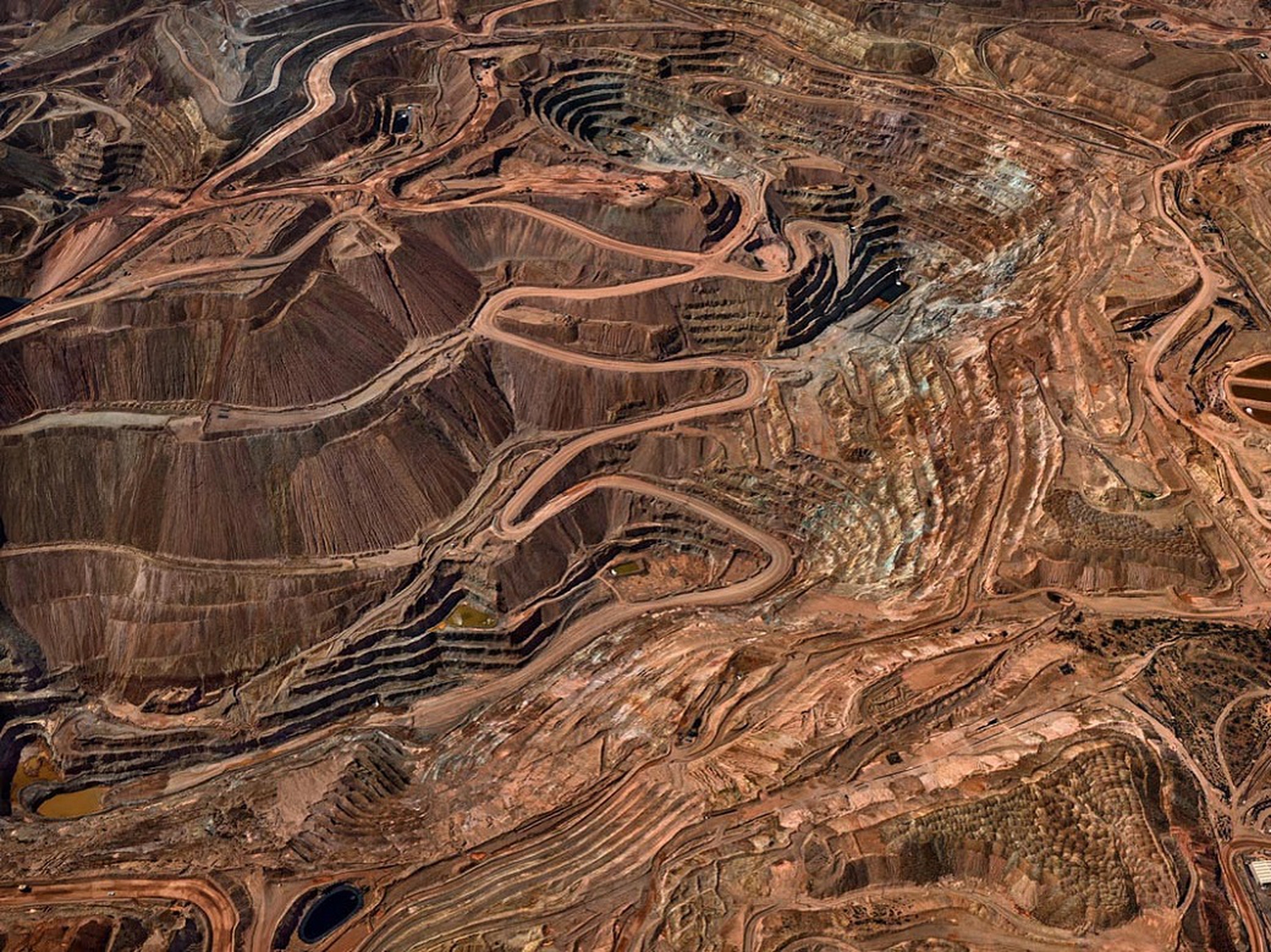
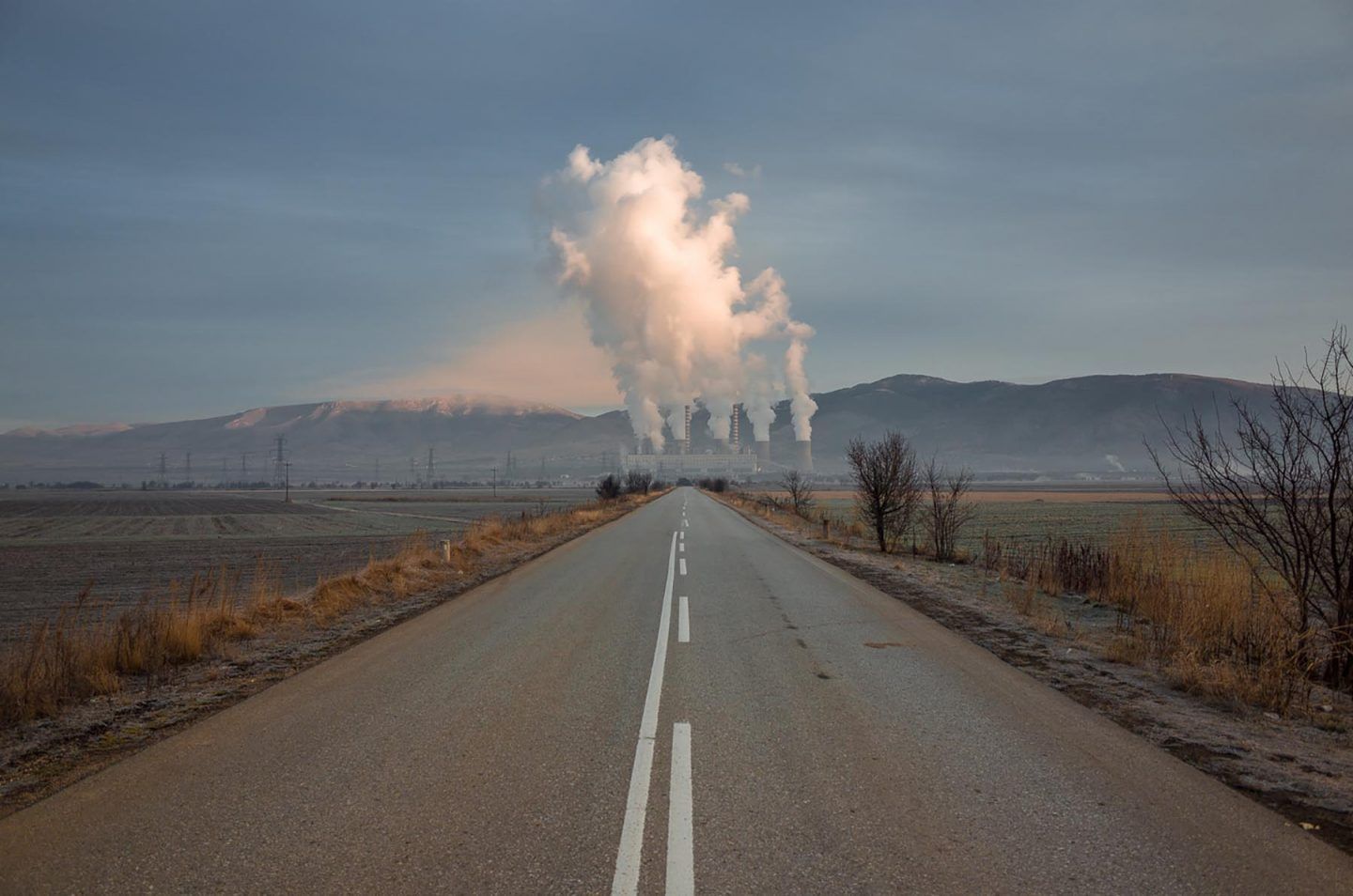

Ideas
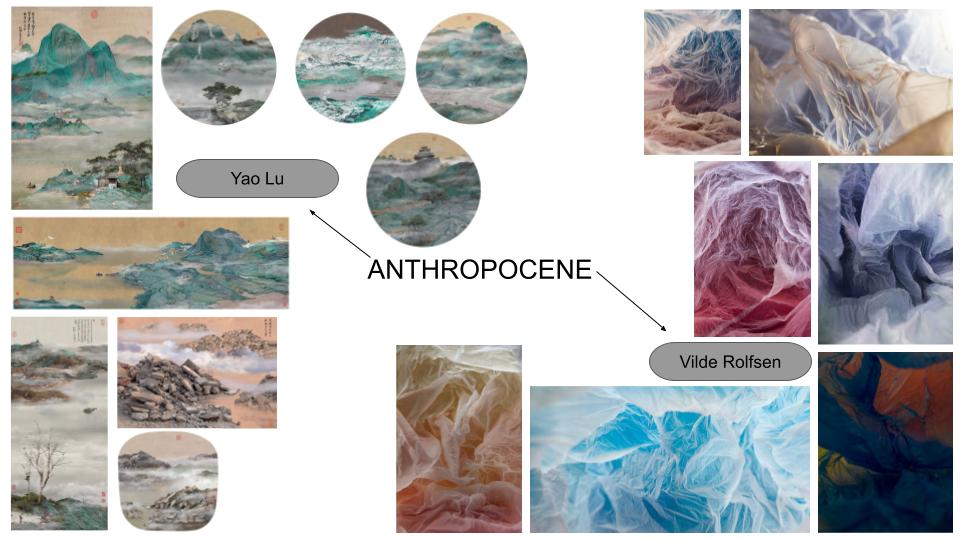
Case Studies
Yao Lu
https://www.brucesilverstein.com/artists/yao-lu/biography
Yao Lu focuses on his concern about the changes of the environment and the consequences of modernisation in china leading to rapid industrialisation and urbanisation. Also showing the difference between past and present through using aspects of the traditional Chinese style of painting to create similar images. Lu creates his photomontages in circular, fan-shaped and scroll-like frames.
At first glance they look very harmonious with the old traditional buildings and small figures walking in nature, but the beautiful mountain scenes are actually dump sites which have scaled out of proportion.
His photographs serve as a warning to the viewer about the consequences of large-scale transformations for the society.






Yao Lus’ images are based on landscapes in China which he recreates with waste scenes and landscapes to make a final composition of a very scenic, calm and peaceful atmosphere. It clearly shows the impact of waste on the environment and tells the story itself with the precision of composition, line, density and its framing, which are all the elements in painting.
When taking my own photos and creating my final images I will take similar landscapes but with cliffs/coastlines incorporated with piles of waste in dump sites, to get the same effect of the calm peaceful scene, which when you look closer you notice the dumpsites.
Vilde Rolfsen
Plastic Bag Landscapes series includes structures, formed by discarded bags found on Oslo’s streets, being transformed by light to make shapes resembling snow scapes or icy caverns. The plastic bags used for the project are all sourced from the street.
“I want people to stop and think about the plastic cups lying around and blowing away. No one cares, because it’s normal’.
When taking images for this series Vilde Rolfsen wanted to take ordinary objects out of their usual context and place them into an artificial environment to create awareness around the issue of plastic waste to the land and oceans, more specifically the use of plastic bags. Rolfsen also hopes her work will remind people to think more about their own consumption patterns.
https://www.anothermag.com/art-photography/3675/plastic-bag-landscapes-by-vilde-rolfsen
Examples from Plastic Bag Landscapes:






Vilde Rolfsens’ images where she takes ugly plastic bags and turns them into beautiful images creates an atmospheric impact as they have a lot of movement in them and look very much like the water/sea.
I will take plastic bags and other waste and photograph them with different coloured lights to get the same wave/movement effect. I also want to attempt to make them look like the sea or different landscapes rather than just different coloured plastic bags.
I would also merge the two photographers ideas together and make a landscape with the plastic bag as the sea or even clouds/wind.
Jeremy Carroll
‘Jeremy Carroll is an artist and professional photographer who wants to change that (water pollution) by bringing the problem to the forefront of people’s minds. In order to illustrate what plastic pollution is doing to fish and sea mammals, he created an exhibit called “Entanglement.” It depicts humans entangled in the waste that is most commonly found in seawater and along beaches’ – thegreenparent.co.uk
Jeremy Carroll mainly focuses on closeup portraiture and abstract images displaying the effects of marine pollution. He shows the effect of the plastic in the oceans by wrapping it around the model, symbolising how it can trap and endanger marine animals in the same way. Jeremy Carroll chose this subject to tackle because he believes that marine pollution is a big problem and that his photography may highlight this problem and help reduce this pollution in the oceans.
Inspiration Images



anthropocene case study + comparison
JEREMY CARROLL
Jeremy Carroll is a London – based artist and photographer who aims to raise awareness of the Earth’s growing plastic pollution problem by photographing his subject with various plastic objects such as fishing nets, ropes and plastic bags. His 2017 exhibition ‘Entanglement‘ depicts human beings caught up in the waste which is commonly found in seawater and along beaches. With the way things are going, the Ellen MacArthur Foundation predicts that there will be more plastic than fish in the sea by 2050. Carroll’s approach to this pressing international issue is to allow his human subjects to take the place of the various marine life which is constantly being affected by the plastic in the world’s oceans, such as turtles, dolphins, and sharks. By doing this, he hopes that more people around the world will be convinced to reduce their intake of single – use plastics and switch to more environmentally friendly and sustainable alternatives.
NAOMI WHITE
Naomi White is an intersectional feminist, artist, and educator, working on ideas at the intersection of political ecology and photography. Focusing on the transformative power of photography to affect desire and change, much of her work questions how we can shift our focus away from the current racist, capitalist model of domination to one of equity and collective voice, for the sake of all people, animals and the planet. Her work has been shown throughout North America and Europe, and is held in both public and private collections. White’s work draws from a diverse background in art history and film, investigating themes of identity construction in our camera-bound world, focusing on how photography affects materials, memory, and culture.
ARTIST COMPARISON
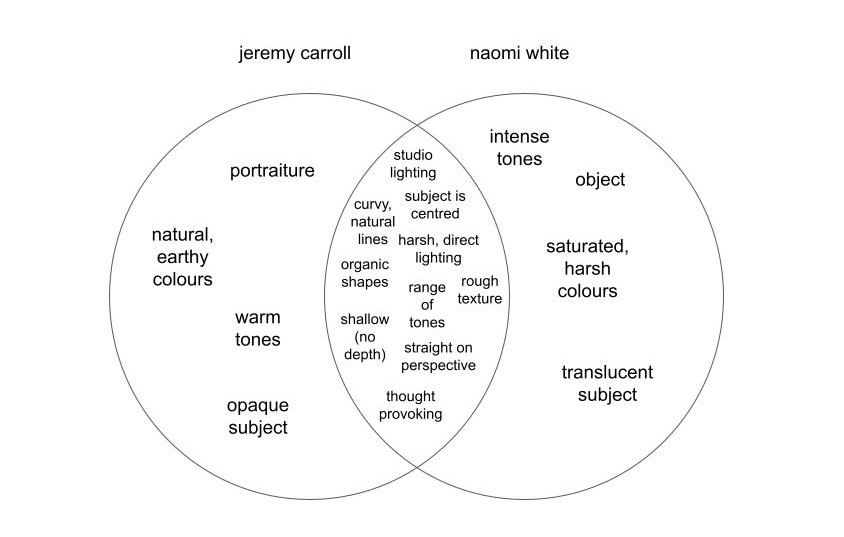
Introduction – New Topagraphics
“New Topographic”, a term coined in 1975 by William Jenkins which referred to a photographic movement undertaken by a group of American photographers whose works had a similar look – mostly uniform, black and white urban landscapes.
Some of the photographers associated with this movement where Robert Adams, Lewis Baltz, Nicholas Nixon and Bernd and Hiller Becher.
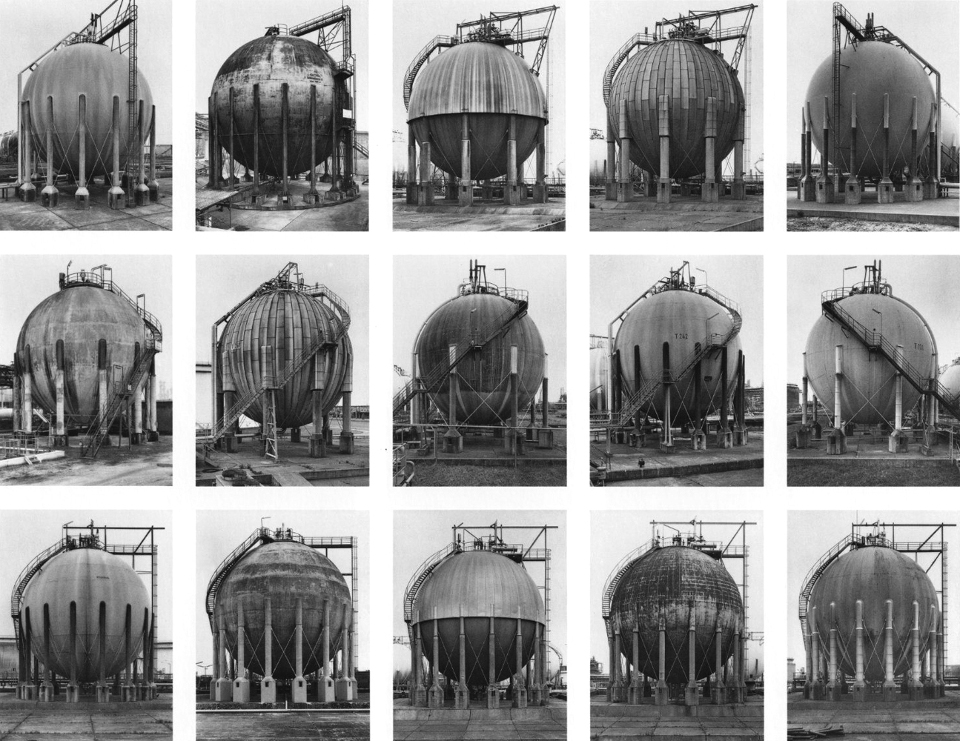
Bernd and Hiller Becher 
Lewis Baltz 
Lewis Baltz 
Lewis Baltz 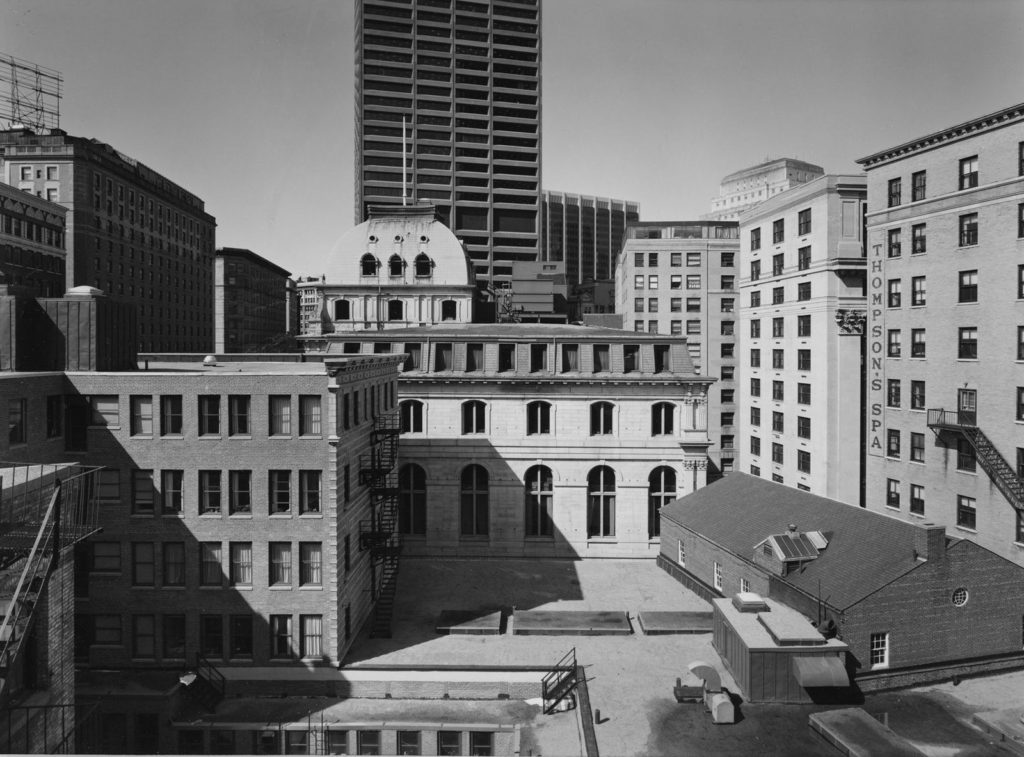
Nicholas Nixon 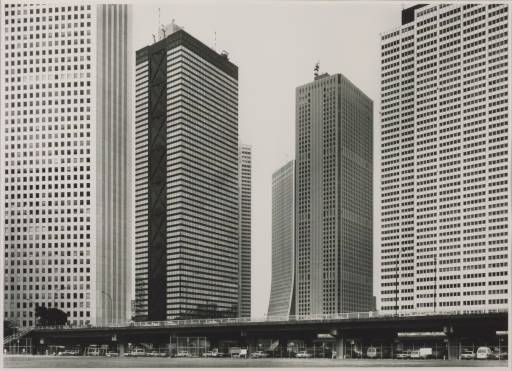
Nicholas Nixon 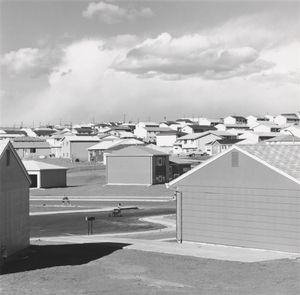
Robert Adams 
Robert Adams
The movement captures mans impact, they photographed urban landscapes such as garages, parking lots, warehouses in a similar way to how early rural landscape photographers would shoot natural landscapes.
As environmentalism took hold of the public conscience in the 1970s landscape photography began to capture natural landscapes and human activity as a singular connected body.
New topographic pieces captured the essence and beauty of these depressing, mundane, industrialized landscapes. This aura created around the aesthetic of these images is an ironic juxtaposition to the unease the photographers felt about mans erosion of the natural environment. This was represented in their work from the emotional disparity they created in their pieces with a lack of human presence, flat contrast, lowkey tones, centred framing and unassuming depth and lighting.
On the other hand this divide they portrayed between man and nature was done with aesthetic precession. The Artists that made up the new topographic noticed how there seemed to be a sense of obscenity around photographing these urban landscapes. There was a sort of fear man had around looking at its own creations. They wanted to highlight this by photographing the urban and providing it with an aesthetic… The photographers created beauty in these images by shooting from a unique viewpoint. They shot with a deadpan aesthetic in mind and looked for sharp angles or structural elements.
anthropocene introduction
What is Anthropocene?
The Anthropocene epoch is an unofficial unit of geological time, used to describe the most recent period in Earth’s history when human activity started to have a significant impact on the Earth’s climate and ecosystems. The word comes from the Greek terms for human and new. The Anthropocene is distinguished as a new period either after, or within the Holocene, the current epoch, which began approximately 10,000 years ago with the end of the last glacial period.
Anthropocene in photography
Anthropocene in photography is a very powerful way of showing the world how we, as humans have changed the Earth and how our actions are impacting the world everyday. This is usually shown in a negative perspective. In photography this can be shown through; landscape, abstract and portrait photography. To tackle this topic we could capture pictures of man made objects such as plastics (e.g. shopping bags, bottles, online shopping packaging) to create awareness of how much plastic and packaging is used where it isn’t necessary and its affect on the planet. In addition to that, if people see the affects on the planet in a more visual way rather than reading about it people may give it more thought as seeing it first hand could have a much greater impact.
Examples of Anthropocene in photography
Landscape approach to Anthropocene

Object approach to Anthropocene

Portraiture approach to Anthropocene

Abstract approach to Anthropocene
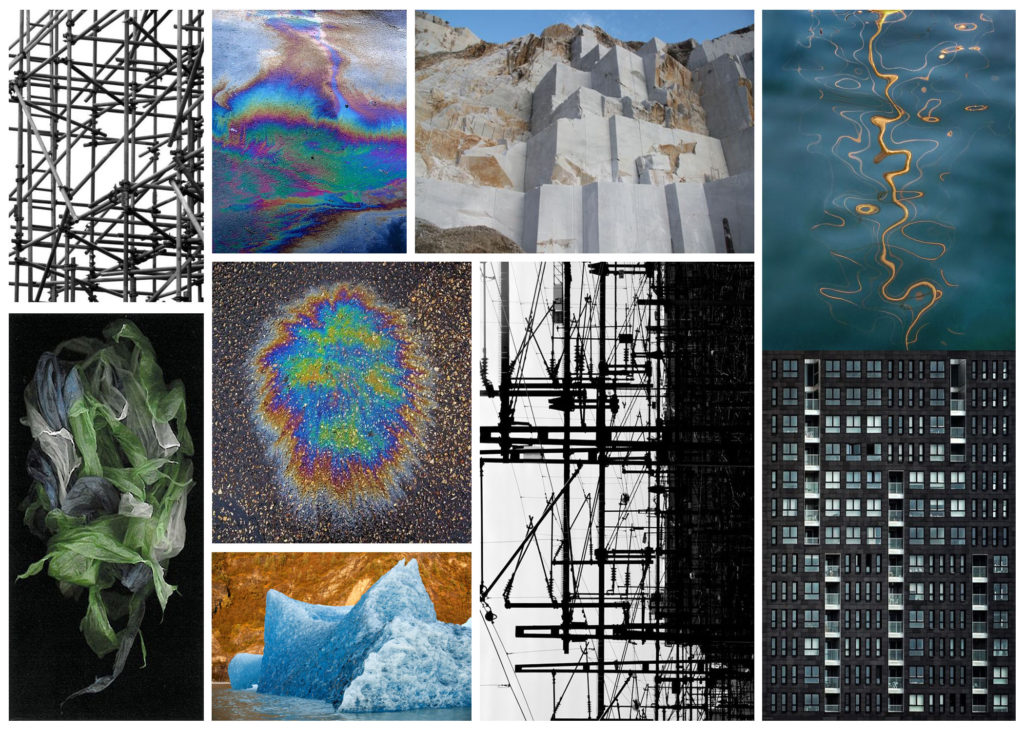
ANTHROPOCENE
Anthropocene – ‘The Anthropocene is a proposed geological epoch dating from the commencement of significant human impact on Earth’s geology and ecosystems, including, but not limited to, anthropogenic climate change.’ – Wikipedia
Anthropocene displays the recent period in time where humans are having a large impact on the natural world. This is supported by evidence that atmospheric, geologic, hydrologic, biospheric and other earth system processes are now altered by humans.
Example Images
